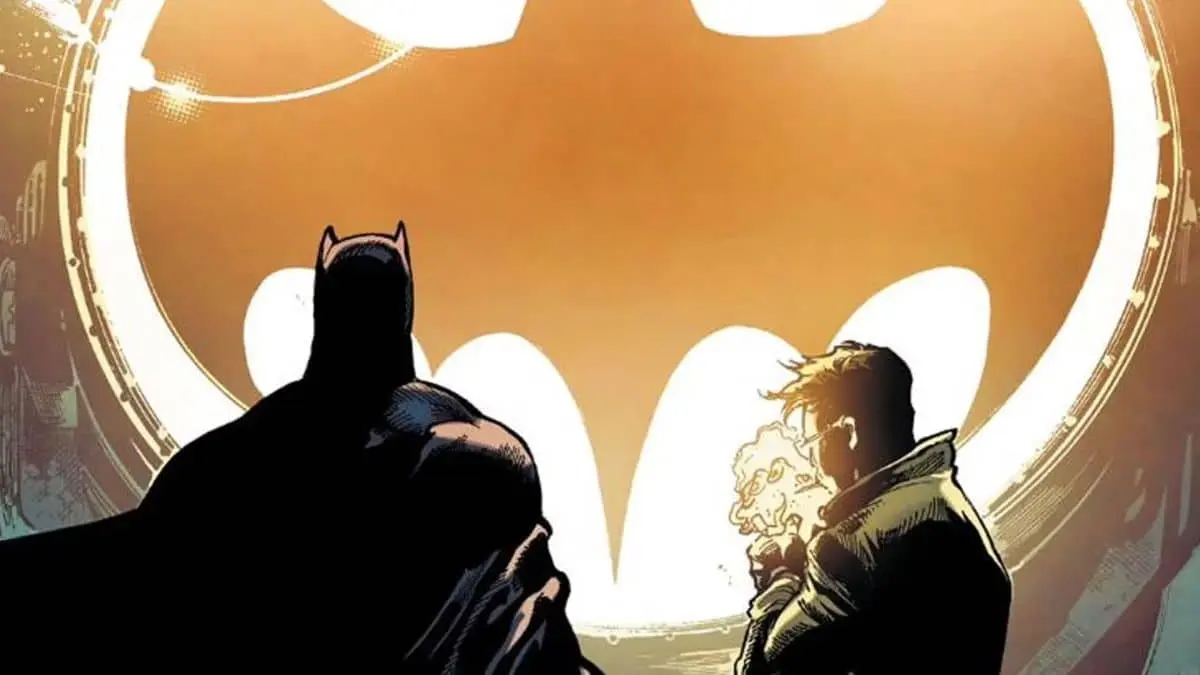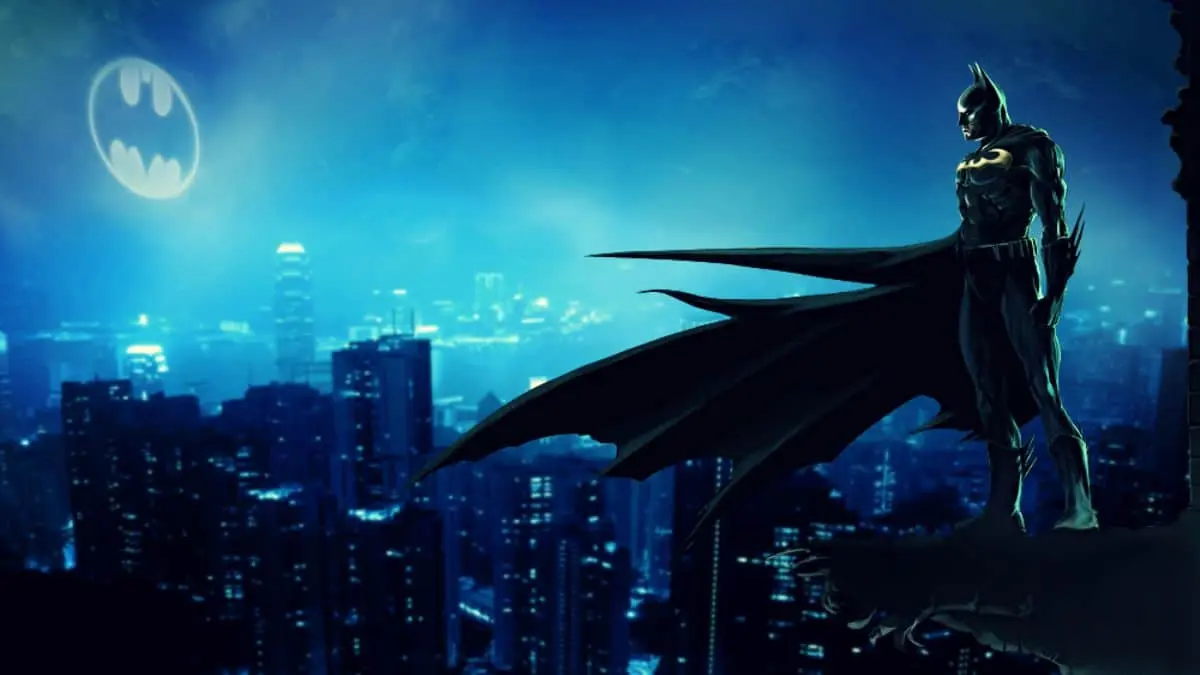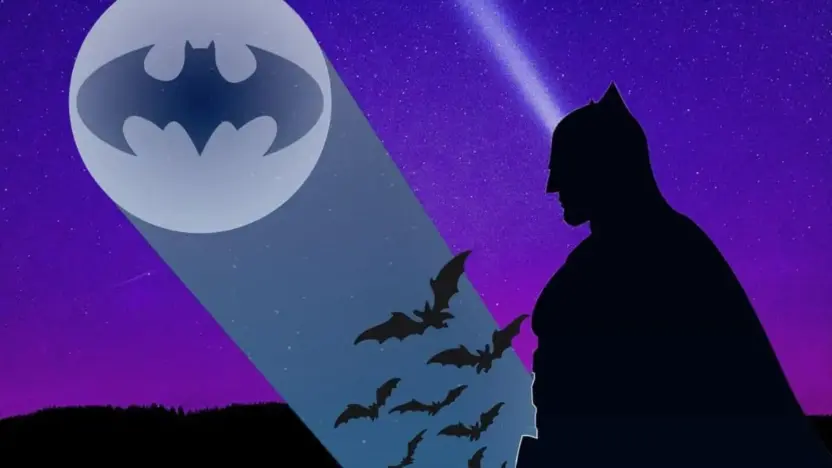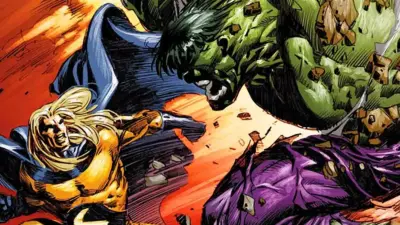The Bat-Signal is one of the most iconic symbols in comic book history, representing hope, justice, and the unwavering vigilance of Batman over Gotham City. Its evolution is a testament to the enduring legacy of the Dark Knight and his impact on both fictional and real-world culture.
Origins and Introduction
The Bat-Signal made its debut in “Detective Comics” #60, published in February 1942. Conceived as a means for the Gotham City Police Department (GCPD) to summon Batman, the Bat-Signal is essentially a modified searchlight that projects the silhouette of a bat into the night sky. This dramatic symbol quickly became a beacon of hope for Gotham’s citizens and a warning to its criminals.
Early Appearances and Evolution
In its earliest incarnation, the Bat-Signal was used sparingly in the comic books. It served not only as a call to action for Batman but also as a psychological weapon against Gotham’s underworld. The mere sight of the Bat-Signal was often enough to send criminals scurrying back into the shadows, fearing the imminent arrival of the Caped Crusader.
Silver and Bronze Ages
During the Silver and Bronze Ages of comics, the Bat-Signal became a more integral part of Batman’s mythology. It appeared in various storylines, often being damaged or destroyed, only to be rebuilt stronger and more resilient. This period also saw the Bat-Signal used creatively by Batman’s allies and enemies alike. For instance, the Joker once used a distorted version of the signal to taunt Batman.
Modern Era
In the modern era, the Bat-Signal has undergone numerous reinterpretations. Its design has evolved alongside Batman’s various incarnations, reflecting changes in technology and artistic styles. For example, in the 2005 film “Batman Begins,” the Bat-Signal is created by then-Lieutenant James Gordon, using the remains of a burnt-out searchlight. This version of the signal is more grounded in reality, aligning with the film’s darker and more realistic tone.

Symbolism and Impact
The Bat-Signal is more than just a practical tool for summoning Batman; it is a symbol of resilience and hope. For the citizens of Gotham, it represents the unwavering presence of their silent guardian. For criminals, it is a stark reminder of Batman’s watchful eyes and his relentless pursuit of justice.
Psychological Impact
The psychological impact of the Bat-Signal on Gotham’s criminal underworld cannot be overstated. The very sight of the signal often causes criminals to abandon their plans, knowing that Batman could be on his way. This fear-based deterrence is a crucial aspect of Batman’s strategy to keep Gotham safe.
Variations in Media
The Bat-Signal has appeared in almost every adaptation of Batman, including television series, movies, and video games. Each version offers a unique take on the iconic symbol.
Television and Film
In the 1960s “Batman” TV series, the Bat-Signal was used sparingly, with Commissioner Gordon often relying on the Batphone to contact Batman. However, the signal made memorable appearances, reinforcing its role as a crucial element of Batman’s lore.
In Tim Burton’s 1989 “Batman” film, the Bat-Signal was prominently featured, solidifying its place in cinematic history. The film’s use of the signal highlighted its dramatic and symbolic power, contributing to the movie’s dark and gothic atmosphere.
Christopher Nolan’s “Dark Knight” trilogy further explored the Bat-Signal’s significance. In “The Dark Knight,” the signal is shattered by Commissioner Gordon as a symbol of Batman’s fall from grace. Its subsequent restoration in “The Dark Knight Rises” signifies Batman’s return and the restoration of hope in Gotham.
Animation and Video Games
Animated series like “Batman: The Animated Series” and video games such as the “Arkham” series have also featured the Bat-Signal prominently. These adaptations often expand on its utility and symbolism, showcasing its importance in Batman’s crime-fighting arsenal.
Notable Storylines
Several comic book storylines have placed the Bat-Signal at the center of their narratives. In the “No Man’s Land” storyline, the Bat-Signal is used to rally the citizens of Gotham during a period of extreme crisis. The signal becomes a unifying symbol, representing the collective will to survive and rebuild.
In “Batman: Eternal,” the Bat-Signal is destroyed as part of a larger plot to undermine Batman’s influence in Gotham. Its eventual restoration marks the reestablishment of order and justice, highlighting the signal’s role as a barometer of Gotham’s stability.

Technological Advancements
Over the years, the Bat-Signal has seen several technological upgrades. Modern interpretations often depict the signal as incorporating advanced lighting technology and even holographic projections. These advancements not only enhance its effectiveness but also align with Batman’s reputation as a tech-savvy hero.
Features of the Modern Bat-Signal
- Super Carbon Arc Filaments: These produce a beam 100 times brighter than a standard searchlight.
- Bullet-proof Glass: Hand-ground for clarity, ensuring the signal is resilient against attacks.
- Aluminum Outer Casing: Covered with bullet-proof glass for added protection.
- Yellow Fog Filter: Enhances visibility in adverse weather conditions.
- Larger, Changeable Carriage: Allows for versatility in its deployment.
The Bat-Signal’s Cultural Legacy
The Bat-Signal has transcended its comic book origins to become a cultural icon. It is often referenced and parodied in various forms of media, symbolizing the call for help and the hope for a hero’s intervention. Events like Batman Day see cities around the world projecting the Bat-Signal onto buildings, celebrating the enduring legacy of the Dark Knight.
Real-World Celebrations
In 2019, to celebrate Batman’s 80th anniversary, the Bat-Signal was projected onto landmarks in cities worldwide, including Los Angeles, London, and Tokyo. These events not only honored Batman’s history but also demonstrated the global impact of the character and his enduring appeal.
Also Read: THE ONLY MARVEL CHARACTER HULK FEARS: THE SENTRY



